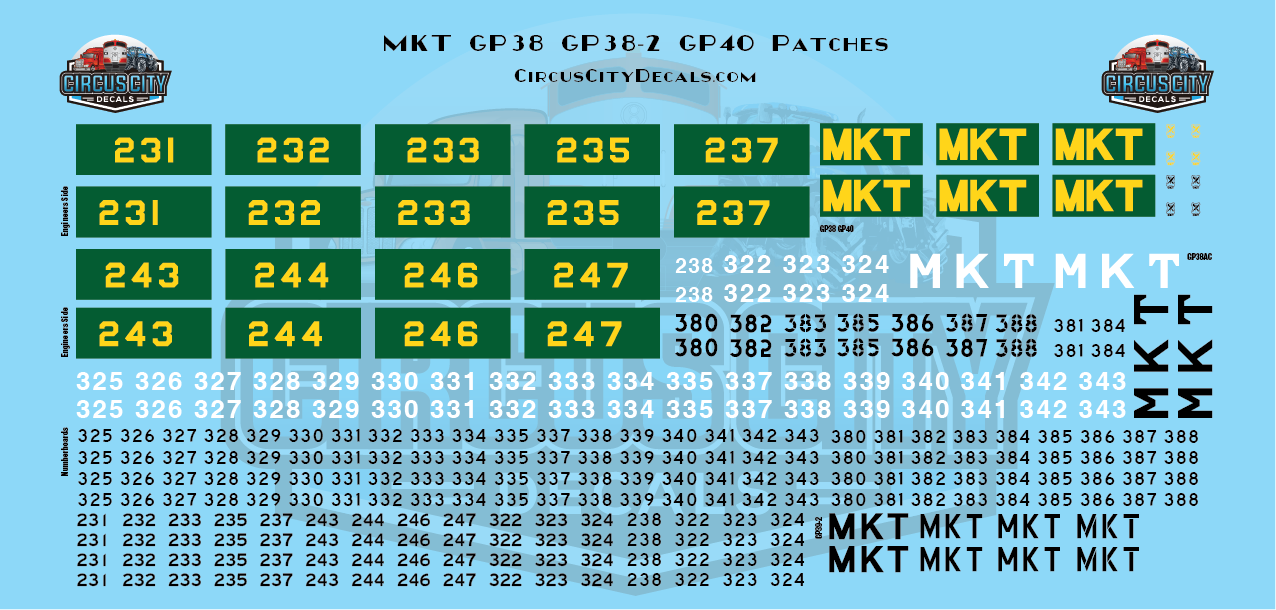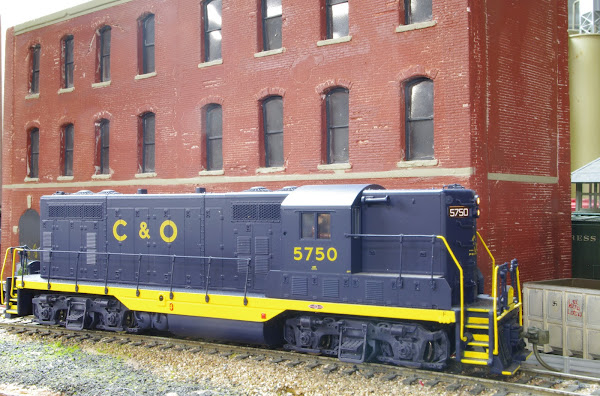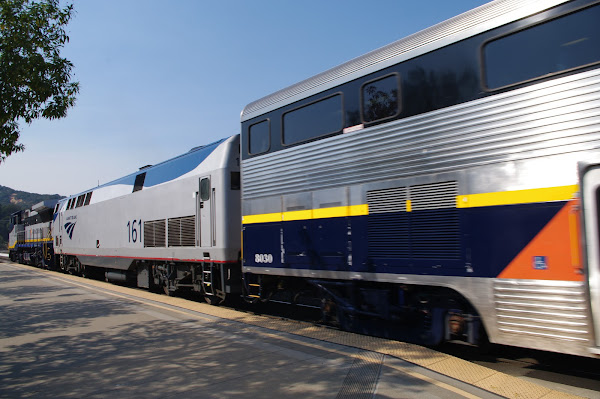But just lately I discovered that Circus City Decals put out a set for exactly these locos, plus other Katy patch jobs of that period.
This is set 87-06. Here is my Atlas Conrail GP40 with the decals applied: The loco is still waiting for couplers and a decoder. I see that for final assembly, I still need to work on a slight gap under the cab.Sunday, July 31, 2022
Atlas Conrail GP40
Sunday, July 24, 2022
Late Athearn Bluebox
At that time, Athearn was an economy brand and didn't have provision for DCC. The bluebox locos were also semi-kit, and although the Dash 9s were one of the last bluebox offerings, I don't believe they ever produced them with the celcon handrails -- they were all equipped with the steel wire and staples, I believe.
You also needed to drill out the shell and add your own grabs and aftermarket details. I was pretty diligent about doing this at the time. I can see that I got UP 9820 maybe 95% done and then stopped work on it for whatever reason. The photo above is what modelers had to do before DCC if they wanted to run Atlas and Athearn diesels together. A-Line produced can motor repower kits that included a weight/motor mount that fit in the cavity of the frame where the Athearn motor used to sit, a motor-flywheel assembly that was compatible with the Athearn cardan shaft, and wiring hardware that replaced the steel strips used for contact on the stock bluebox model.The result was a loco that matched Atlas loco speed and operating performance much more closely and drew less current, allowing bigger consists. I used this technique very successfully on my old layout from the 1980s that formed the core of my current one. However, as I got more Atlas, Athearn RTR, and other higher-end locos over the years, I didn't use those as much.
I have a number of other bluebox locos with this conversion that I may or may not convert to DCC. On the other hand, new decoders cost about $20 for this purpose, and the updated wiring from the old conversion will make adding them somewhat easier. I may even add a PTC antenna array to this one. Here's a shot of 9816 with a red sill stripe, PTC array, and lightning stripe scheme like 9820, although it also has a flag:
UP 9599 is a former SP loco with a UP number patch made from a Microscale set. At the time, I was being sent to the Midwest for work and railfanning ex-SP lines there in my time off work. I was seeing a lot of these.Sunday, July 17, 2022
C&O Locos Added To JMRI
Sunday, July 10, 2022
Amtrak California
Monday, July 4, 2022
Converting An Atlas Kato RS-1 To DCC And LED Lighting
In fact, the LEDs can be soldered directly to the decoder, as shown in the photos below. You just have to note the polarity as indicated in the decoder's documentation.
This is a relatively easy intermediate-level project.
This in itself is a big improvement over the original Atlas Kato locos, which had a single non-directional incandescent bulb that lit both headlights via light bars. Although the LEDs don't get hot and threaten to melt the plastic shell, I did line the top of the hood with aluminum foil to prevent any light bleedthrough. I also shortened the stock light bars so the LEDs would shine into them in their new position. You don't need to polish the ends, you can just score the bar at its new length and break it off, and it will light the headlights just fine as shown below. Although the price of old Atlas Kato locos on eBay has gone up in recent years due to the price increases on new locos from China, these are still good-running layout-quality locos that are less expensive than equivalent new ones from companies like Atlas or Waltheres Mainline.





















